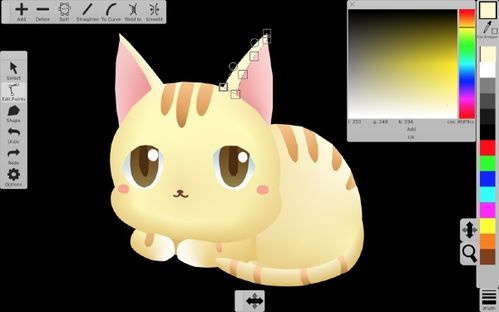
allt om pelargoner
Are you intrigued by the vibrant and delicate beauty of pelargoniums, commonly known as geraniums? These flowering plants are not only visually appealing but also offer a delightful fragrance. In this comprehensive guide, we will delve into the various aspects of pelargoniums, from their history to cultivation tips, ensuring you have all the information you need to nurture these charming plants.
Origin and History

Pelargoniums have a rich history that dates back to ancient times. They are native to South Africa, where they were first discovered by European explorers. Over the centuries, these plants have been cultivated and bred to produce a wide variety of species and varieties, each with its unique characteristics.
One of the most famous varieties is the “Pelargonium x hortorum,” which was introduced to Europe in the 17th century. Since then, pelargoniums have become popular worldwide, thanks to their versatility and ease of cultivation.
Types of Pelargoniums

Pelargoniums come in various types, each with its distinct features. Here are some of the most common types you might encounter:
| Type | Description |
|---|---|
| Zonal Pelargoniums | Characterized by their distinctively marked leaves with dark zones on a light background. |
| Regal Pelargoniums | Known for their large, showy flowers and lush foliage. |
| Scented Geraniums | Notable for their delightful fragrance, often used in cooking and perfumery. |
| Ivy Geraniums | Have trailing vines and are often used in hanging baskets. |
Cultivation Tips

Cultivating pelargoniums is relatively straightforward, making them a popular choice for both beginners and experienced gardeners. Here are some essential tips to ensure your pelargoniums thrive:
- Soil: Pelargoniums prefer well-draining soil. A mix of potting soil and perlite or sand can provide the ideal growing conditions.
- Watering: Water your pelargoniums regularly, but avoid letting the soil become waterlogged. Allow the top inch of soil to dry out between waterings.
- Light: These plants thrive in full sun or partial shade. Ensure they receive at least 6 hours of direct sunlight per day.
- Temperature: Pelargoniums prefer temperatures between 60-75掳F (15-24掳C). Avoid extreme heat or cold, as it can stress the plants.
- Fertilization: Feed your pelargoniums with a balanced, water-soluble fertilizer every 4-6 weeks during the growing season.
Pruning and Propagation
Pruning is an essential part of caring for pelargoniums. It helps to promote healthy growth and encourages the development of new flowers. Here’s how to prune your pelargoniums:
- Deadheading: Remove spent flowers to encourage new blooms and prevent seed formation.
- Winter Pruning: In the winter, prune your pelargoniums back to about 6 inches (15 cm) above the soil line. This encourages new growth and helps the plants survive the cold months.
Propagation of pelargoniums can be done through cuttings or division. Here’s a brief overview of both methods:
- Cuttings: Take a 4-6 inch (10-15 cm) cutting from a healthy stem and place it in a pot with moist potting soil. Keep the soil moist and provide bright, indirect light until roots develop.
- Division: Divide the plant into several sections, each with a few stems and roots. Plant them in separate pots to establish new plants.
Common Pests and Diseases
While pelargoniums are generally hardy, they can be prone to certain pests





